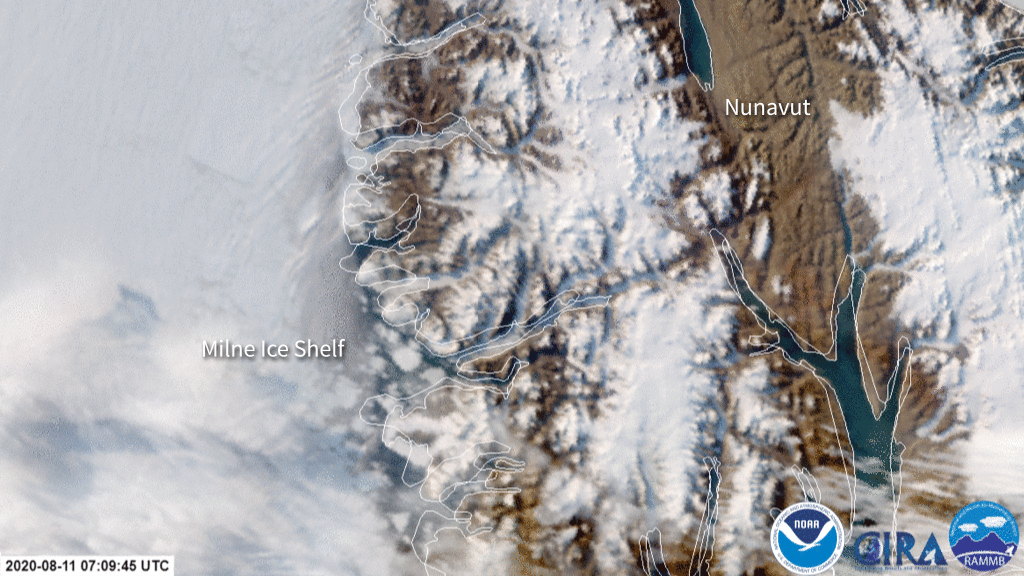Sea ice is ocean surface water that has frozen. Sea ice grows throughout the fall and winter and melts throughout the spring and summer. In the Arctic Ocean, sea ice extent—the area of ocean with at least 15 percent sea ice concentration—typically reaches its maximum in March and its minimum in September. In polar regions, areas of sea ice—ice atop ocean waters—not only supports entire ecosystems, but also affects Earth’s climate by reflecting sunlight back into space rather than absorbing it.



